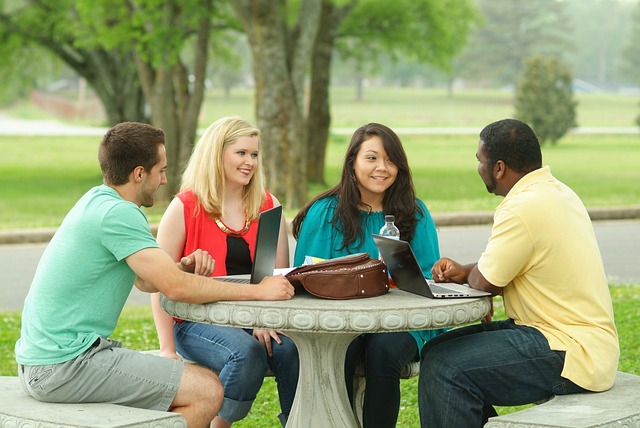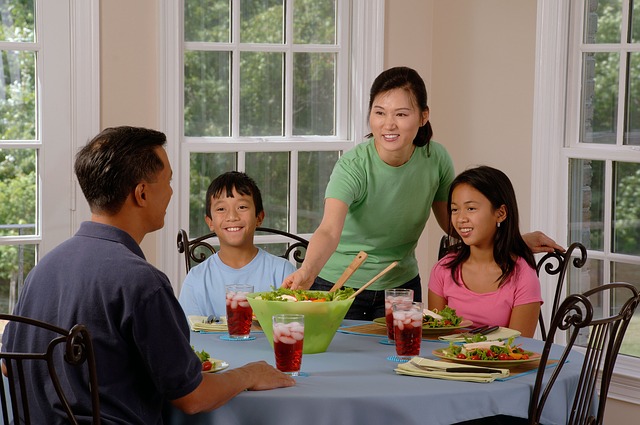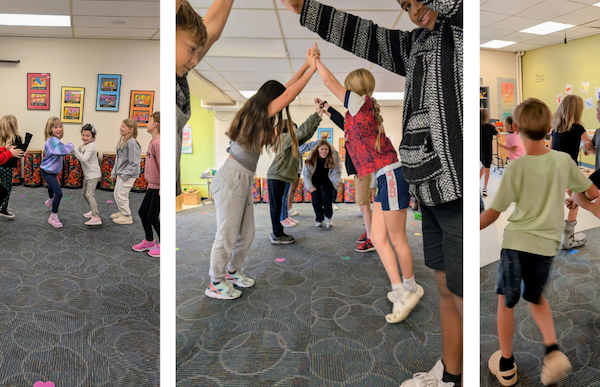
Building Resilience Boosts Success: Social Competence and Resources
February 17, 2016
I Feel Like I’m Constantly Barking Orders!
March 2, 2016
Family Cohesion—Whether values are shared or discordant in the family and whether family members enjoy spending time with each other, have an optimistic view of the future, have loyalty toward each other, and have the feeling of mutual appreciation and support.
Families come in all shapes, sizes, and types. The thing that is constant when it comes to families is that children do not select their families and therefore have little control over their makeup. Organizations can make changes, peer groups and other social resources can certainly change and often do, but families and the shared values within a family remain a constant source of resilience, or lack thereof, for young people. There are times when family serves a primary social role, and there are times when family may take a backseat to other social influences, but the constant nature of a family is where the impact is made when it comes to resilience.
In keeping with this matter of constancy, establishing consistent values, planned collaborative time, and displaying support and loyalty is essential in raising family cohesion scores in the five-factor resiliency model. An important distinction to make in the measure of resilience and in family cohesion is that the score is not impacted by marital status. Students in homes of single, married, or divorced parents can all enjoy high levels of family cohesion if values, optimism, and loyalty are expressed in a similar manner throughout the family, and can be achieved through good communication channels.
Parents who speak to each other, whether married or not, can be informed to where additional support is needed. And, whenever possible, positive social contact is an underrated but essential component. Game nights (without devices), dinner at the table (without devices), stay/vacations (without devices), and hikes in the woods (without devices) are all just a few ways to both establish and maintain supportive family structures. Oh, did I mention that devices, like cell phones in the hands of adolescents and/or parents, may distract from the quality of this time spent as a family? Raise your hand if you’re guilty of this sometimes (I’m typing with one hand because my hand is up). Time spent with families is important, but we also need to pay special attention to the quality of that time in which young people are building stronger bonds and feeling supported in ways that they cannot through other types of social relationships.
At Springer, partnership with families is vital to the community model of supporting our learners. Within that model of partnership, the school counts upon values being reinforced at home, and teachers, team leaders and administrators are in constant contact with parents to make sure all parties are on the same page when working with students.

Within the home, when adolescents feel supported by this partnership, students can become empowered as learners to experiment, grow and enjoy the successful learning outcomes that may have been such a struggle in other environments.
If you have taken the time to dive in and read through all five parts of this blog series, you deserve a good pat on the back, and I thank you! As a closing thought, I want to say that students can score above average and well into the high levels of resilience even with low scores in one or more of these five factors. However, a comprehensive approach and concentrated effort to raise each of these five factors with the strategies that I have proposed can make noticeable gains in building adolescent resilience. In the end, a resilient adolescent is much more likely to be a resilient adult, and a resilient adult is much more likely to be a successful contributor to, and make a lasting impact for, our community. As an educator, that’s what I hope for and work toward with all of my students.
Blogger Jason T. Mott, Ed.D., shares his expertise in raising resilience for young adolescents and improving learning outcomes for K-12 students. If you have questions, please contact Director of Learning Programs Carmen Mendoza at .



